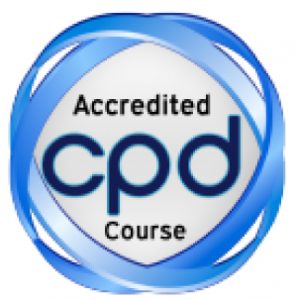Coaching With Archetypes: The Different Leadership Types

The Leadership Matrix
In this blog post, I want to discuss a model that I developed myself, called the Leadership Matrix (see above) from my book Mindful Business Leadership. Of course, I ‘stood on the shoulders of giants’ to create it. The idea of archetypes and archetypal energies has deep roots; in ancient Greek philosophy, in storytelling traditions around the world.
In modern psychology, ‘archetypes’ means Carl Gustav Jung. Jung never explicitly set out a list of archetypes, though many writers have produced lists based on his work.
The concept has been developed in NLP by Stephen Gilligan and Robert Dilts, who focus on three archetypal energies:
- ‘Strength’ (Warrior)
- ‘Softness’ (Lover)
- ‘Playfulness’ (Magician)
These are healthy, life-affirming forces, but can have ‘shadow’ sides: inflated, where an excess of the archetype dominates the character, or deflated, where a lack of it weakens the character.
My own archetype coaching model has ten individual ‘personalities’. This may seem like a lot, but leadership is a complex business. The model has changed and developed over time to encapsulate the key subtleties of leadership. I feel the model truly does justice to the outstanding human achievement that is good leadership.
In this blog I shall talk about three other archetypes that appear in my group of ten in the diagram above.
Three of the Matrix Archetypes
The Boss
The Boss brings a powerful warrior-type energy. It’s about the ability to take action, to assert boundaries, protect and warn off predators and say ‘no’ to time-wasters.
It acts as a reminder that the leader is the final arbiter: ‘The buck stops here’, as the famous sign on the desk of US President Harry Truman read.
Organisations may demand a more collaborative style of leadership today, but this quality remains vital for the leader. They still need to provide a sense of power and protection for their team and clearly express their needs.
The shadow of The Boss is the ‘Bully’, the tyrant, for whom life becomes an exercise in power over others. This is a natural manifestation for those who allow the Boss energy to takeover and the leader needs to become vigilant that they are not bossing everyone about, as they can begin to strain or break important alliances and relationships.
In the past, students have found this concept helpful: many had experienced the Bully in their past, and had promised themselves that they would never behave in such a way should they ever become a boss.
But this also left them with a sense of weakness, an unwillingness to assert power. Realising both that true Boss energy was a healthy, essential thing and that the Bully was a damaged version of this created a way out of this dilemma.
Also, if a leader finds it hard to express the Boss, they may begin to ‘stew’, finally exploding with the Bully. Far Better to express grounded Boss energy earlier on.
The Express Train
The second archetype is what I call The Express Train. This enjoys getting things done (not just doing, though it enjoys this as well). It makes sure a process is finished, a task completed and ends tied up properly. It doesn’t just run at things like the proverbial bull in a china shop. A train, remember, has a planned destination and timetable, but speed is expected of it and it delivers.
This is about enjoying the expression of energy. However when the Express Train ‘pushes too hard’, the shadow of the Steam Roller can come out and create a culture of drained individuals, who eventually leave to find an easier life. The leader needs to ensure that staff work hard, but also have sufficient rest to retain the best; exhausted people do not work effectively.
The Conductor
The third archetype is a meta-archetype, one that stands over all the others and knows when to bring one or two to the fore and when to make others take a metaphorical back seat. I call this The Conductor.
Most leadership models correctly state that leadership requires balancing various forces, skills and energies. However, few of these theories present a clear model of how you actually do this balancing in practice. In my view, The Conductor is a specific energy and mindset one needs to summon in order to do this balancing.
It involves the ability to stand back and take an objective view – not just of the organisation’s needs but of your own mental state – and then to decide on right action based on what you see.
Did You Enjoy This Post?
Try one of our Events or Open Days!
Where to find us
For posts, events, free open days and more, follow NLP School on:
Twitter: @NLPSchool
Facebook: /NLPSchoolLtd
Where to find Robbie
Twitter: @RSteinhouse
LinkedIn: Robbie Steinhouse
What to read next
Becoming a Leader: From Specialist to Generalist









